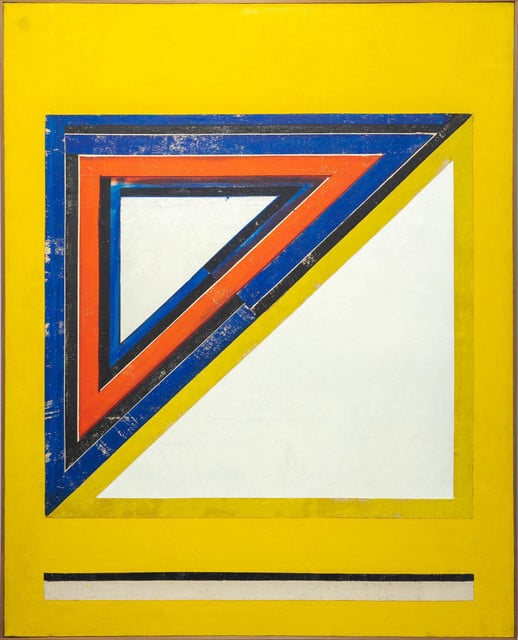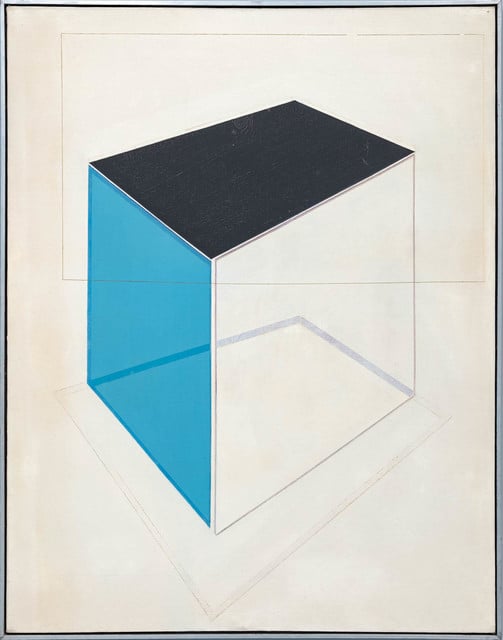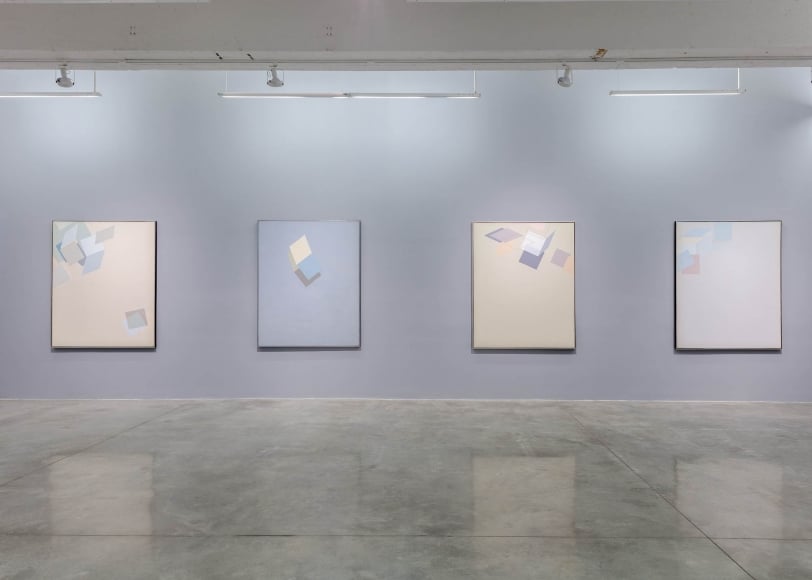Suh Seung-Won Helped Pioneer Modernism in Korea. Now, an Exhibition in New York Takes A Close Look at His Experimental Early Years


Katie White

“Simultaneity” is an artistic theory you may not have heard about, but a trip to “Suh Seung-Won: Early Works: 1960s to 1980s” at Tina Kim Gallery in New York will quickly change that. The pioneering Korean Modernist Suh Seung-Won formulated the concept in the 1960s as an attempt to refine compositions to their most reductive state, without losing the harmonious balance of form, color, and space at a work’s essence.
It’s a theory that has informed the artist’s practice for nearly 50 years. Suh was at the core of a group of artists experimenting in the formation of a new artistic language during the aftermath of the Korean War. In some sense, for those who weren’t aware of Suh previously, the exhibition is a helpful introduction to his significance as it presents works from two key periods in his early career: his formative “developmental” period in the 1960s and his “analytical” period during the 1970s and ’80s.

Installation view of “Suh Seung-Won Early Works: 1960s to 1980s,” 2019. Courtesy of Tina Kim Gallery.
Walking through the gallery, visitors are greeted by large-scale canvases filled with geometric shapes and hovering cubes, while layered, fold-like triangles figure prominently. His earlier works are marked by chromatically bold choices, with bright yellow and navy blue used to form sharp angles. Suh had made his debut on the Korean art scene as one of the founding members of the innovative Korean art group known as Origin around the same time.
“Members of Origin group were all young painters from Hongik University, which at the time was the most important art school in Korea,” said gallerist Tina Kim. “Their goal was to find a new original voice, away from heavily foreign influence, which was very prevalent in the Art Informel movement.”

Suh Seung-Won, Simultaneity 69-1 (1969). Courtesy of Tina Kim Gallery.
By the the end of the decade, the artist had become heavily involved in the AG collective (the Korean Avant-Garde Association), founded in 1969, a group that was first led by Dansaekhwa master Ha Chong-Hyun. The Dansaekhwa style of painting, a monochrome movement that emerged in the 1970s, exerted a certain influence on his practice in these years. The movement, along with Korean hanji paper and porcelain, can be attributed to the use of whites and ivories that cross throughout the works.
“The colors come from his surroundings—it’s not white, it’s pale,” said Kim. “These are coming from his surroundings, the color of the wall, paper, or windows. I think this limitation of color palette allowed him to experiment with painting surfaces with layers.”

Installation view of “Suh Seung-Won Early Works: 1960s to 1980s,” 2019. Courtesy of Tina Kim Gallery.
As Suh entered his analytical period in the 1970s and ’80s, this emphasis on quieter tones grew. His shapes from these years are depicted almost as though floating, like pieces of paper tossed in the air. The colors are subtle peaches, tans, and pale blues. The marked shift from his works from the ’60s are evidence both of his intensive experimentation around the possibilities of opening up space within a two-dimensional canvas, as well as within viewers minds.
“He insists on painting a flat surface, but in doing so he turns that surface into a three-dimensional space,” said Kim. These later works, including Simultaneity 77-35 (1977) and Simultaneity 80-627 (1980), feel remarkably contemporary, and yet were deeply rooted in Korean traditions and aesthetics, including Changhoji, the traditional Korean paper windows.
“In Korean, ‘Simultaneity’ is called dong-shi, which can be translated into ‘duality,'” Kim said. “It is flat, yet depicts space. It looks like white, but there are multiple layers of color. Suh’s paintings are different from the artists in the Dansaekhwa movement in the way that he paints oil on canvas. He pushes his painted surface further and captures a remarkable sense of space and depth.”
“Suh Seung Won | Early-works 1960s to 1980s” is on view at Tina Kim Gallery through October 12, 2019.